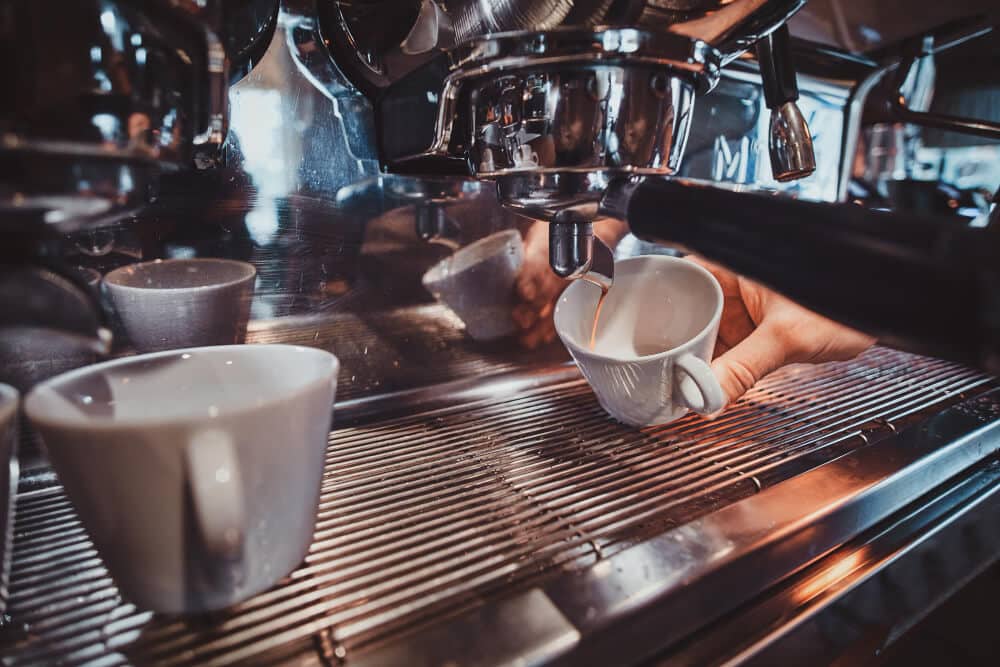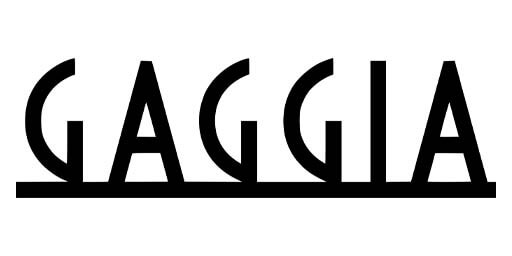Adjusting A Coffee Grinder
Do you have a coffee grinder at home that you can’t seem to get the settings right for? Do you always seem to end up with either a grind that’s too coarse or too fine? Making the perfect cup of coffee requires several steps, not least of which is getting the grind of your beans just right. With all the different types of coffee grinders, it cannot be easy to know just how much to adjust for each kind of bean and what size of grounds you should have for each type of machine.
It is commonly believed that the barista should not touch the coffee grinder. However, a coffee grinder blade changes with wear as the coffee beans change with age and humidity. Hence, an ideal barista should always understand the importance of adjusting a coffee grinder for the perfect extraction of the coffee.
Fortunately, adjusting a coffee grinder isn’t rocket science. In this guide, we’ll explore all the basics you need to know to consistently achieve that ideal grind size – whether you use an electric coffee grinder or a manual one. We’ll take a look at how different kinds of grind sizes affect your coffee extraction and taste, as well as give helpful tips on cleaning and maintenance.
Reasons For Adjusting A Coffee Grinder
The coffee grinder should be monitored daily, especially during bad weather conditions. If you ignore this process, the result will be a bad-tasting coffee. To get a flavourful coffee, one should follow these:
- The ageing o coffee beans decreases their natural gas content. This eventually causes a slowdown in coffee shots. This usually occurs between two to five weeks when they become more stable. However, replacing this bag with a fresh lot of coffee will speed up your coffee shot. This usually occurs because fresh coffee contains more gas than previously aged coffee, which makes them act quickly.
- Adjusting a coffee grinder is important due to humidity. The dosing chamber of the coffee grinder is not airtight. Hence, it may allow moisture to get absorbed by the beans. This leads to the swelling of coffee beans to take up more space. This slows down the coffee shot, leading to slow dripping instead of a faster steady flow.
- As everybody knows, oil extraction is made possible using pressure and heat. Hence, it is always good if the coffee beans are warmer. Coffee beans constrict in cold weather and expand when warm. Use coffee beans at room temperature.
- The warmer the beans, the finer the ground, and the slower the extraction. But as the weather becomes cooler, coarseness increases, and the extraction becomes faster.
- The weather condition change as time passes, which means it gets warmer throughout the day. Hence, a need for adjusting a coffee grinder also arises. With the growing warmth, extraction becomes faster. A slight adjustment to the fine side should be carried out periodically throughout the day.
- In order to produce excellent coffee, the combination of quality coffee beans, a skilled barista, an excellent espresso machine, and a fully adjusted coffee machine is essential. If you lack any of these factors, then the coffee produced will be watery, weak and sour tasting because of under-extraction. Sometimes, the coffee turns out to be burnt and bitter tasting due to over-extraction. Therefore, to maintain the quality of your coffee, adjusting a coffee grinder at times is of utmost importance.
Step By Step Guide For Adjusting A Coffee Grinder
- Decide the adjustment you need to make (coarser or finer) and move the collar accordingly.
Note: The hopper should contain enough beans and the close slide is open, which allows beans to pass to the blades.
- Turn the grinder for almost 10 seconds while making the adjustments. This is to discard the grinds and prevent burrs from getting blocked from coffee beans.
- Change the grind size by moving the knob to the left or right. Make necessary adjustments of about three millimetres (small increments). Small adjustments make a larger difference in extraction time.
- Before you pull a test shot, empty the doser of the previous grind setting. It is usually about 5-60 grams of coffee. And if you are using a doserless grinder, discard about 20-40 grams of coffee. Later assess the extraction rate and shot quality.
- Repeat until the correct extraction achieves and test the size.
Fresh Coffee And Grinder Adjustment
Adjusting a coffee grinder is very important when you use freshly roasted coffee. Coffee emits carbon dioxide right after roasting and it takes seven days to settle and become stable. Extraction will be faster when you use coffee after a few days of roasting -thick extraction. Coffee can change quickly during this process. The true flavour of the coffee is developed after the degassing process.
Conclusion
Make sure you pay more attention to the grind setting and prepare an aromatic cup of coffee. The smallest detailing you pay attention to will draw bigger differences to your final result. To find help in choosing the right coffee grinder for you, visit our website.









